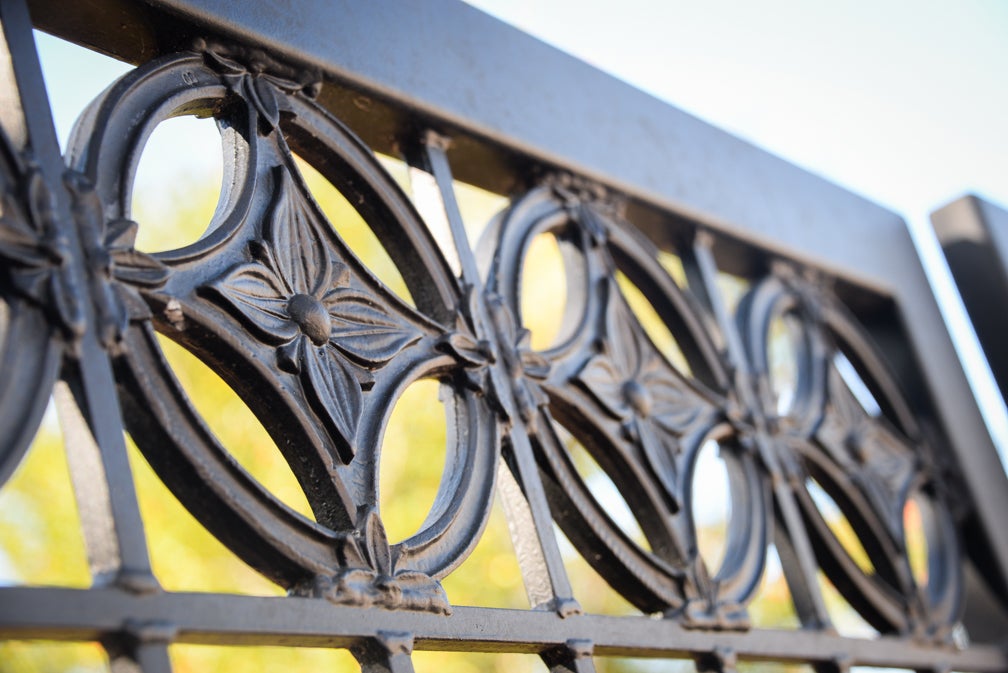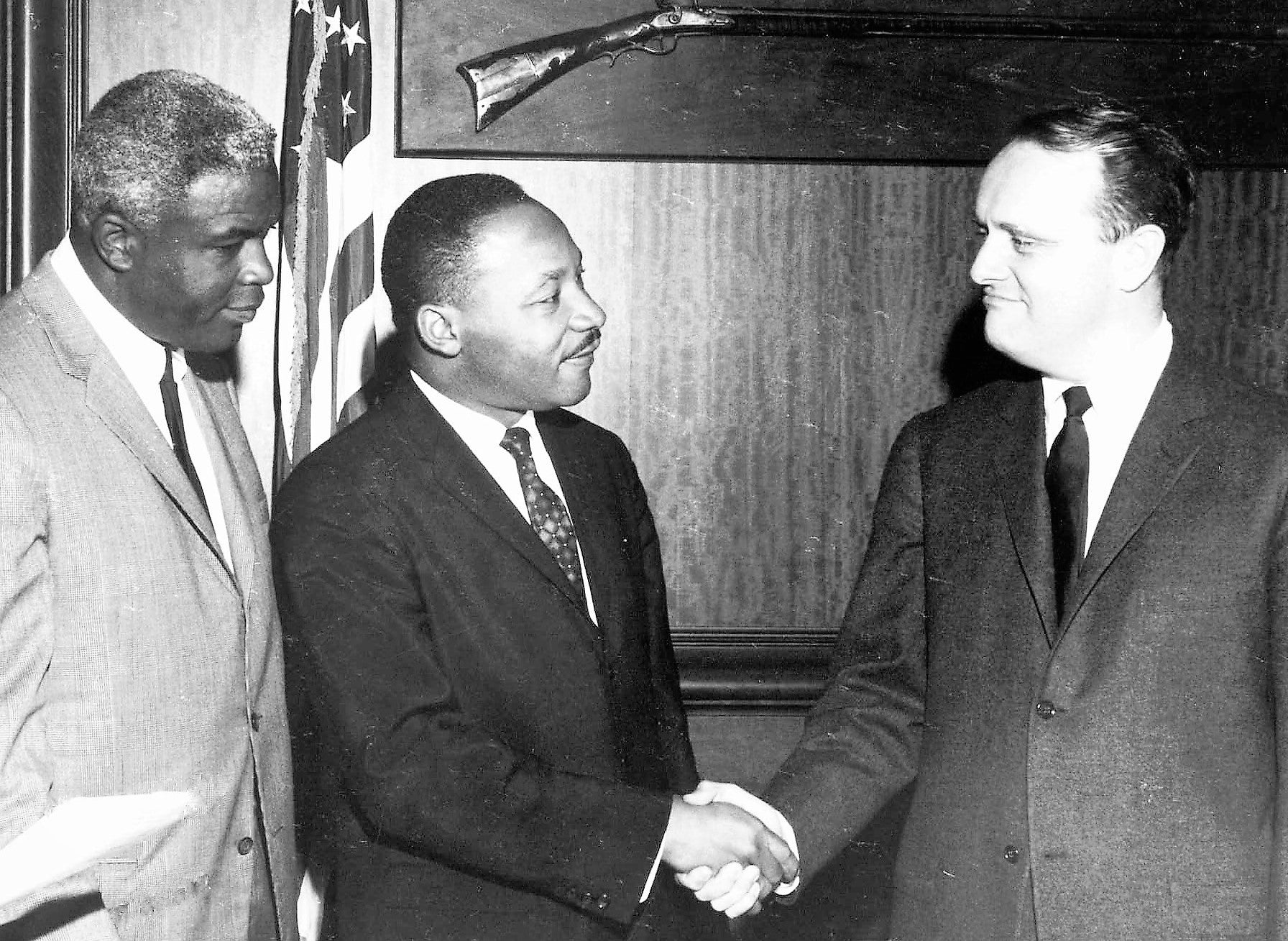One of the lessons the U.S. Army took away from World War I was that it needed to be a motorized army. Yes, the Army did retain horses through 1942 due to some reactionary senior cavalry officers, but, overall, the Army was committed to using trucks to move men and equipment.
In 1930, the Army carried out a motorized regimental movement exercise. The 61st Coast Artillery (Anti-aircraft) Regiment was ordered to move from Fort Monroe, Newport News, Virginia, to Fort Sheridan, Chicago, Illinois, a distance of 1,203 miles. The majority of the regiment’s men would move by train from Fort Monroe to Fort Sheridan, but 300 men and 10 officers in 100 trucks would travel between the two forts by highway.
The convoy consisted of trucks mounting a searchlight or sound detector, along with their auxiliary vehicles, four 3-inch antiaircraft guns on trailers with their prime movers, and various auxiliary trucks for the transport of men and supplies, plus three field kitchen trucks. The 3-inch guns each weighed nine tons and were mounted on trailers that had four pneumatic tires.
During their journey, the guns safely navigated all the bridges and culverts encountered. The convoy was normally on the road at 7 a.m. and went into camp by 5 p.m. All were under the command of Maj. James H. Cunningham.
The march would see the mobile command column leaving Fort Monroe on May 14, 1930, and traveling over the Midland Trail, U.S. 60, to Louisville, Kentucky. The column at Louisville swung north on U.S. 31 for Indianapolis, Indiana. Then, from Indianapolis, traveling over various federal and state highways, the 61st Coast Artillery (AA) Regiment arrived at Ft. Sheridan on June 13, 1930.
The column had averaged 45 miles per day during its 24-day journey. Of the 100 trucks and cars that started the journey at Fort Monroe, 98 made it on their own wheels to Fort Sheridan.

The 61st Coast Artillery (Anti-aircraft) Regiment spent the evening of May 29, 1930, at Huntington, West Virginia. The next morning, May 30, the regiment entered Kentucky at Catlettsburg and camped that night at Morehead. The march of 78 miles was the longest march of the trip. The next day the regiment covered 71 miles and camped in Lexington at the Cavalry Club on Sherman Avenue.
On June 3, 1930, the 61st Coast Artillery (AA) Regiment left Lexington heading west for Versailles. At Versailles, the truck column swung north for Frankfort. Paralleling U.S. 60 between Versailles and Frankfort was the track of the Kentucky Traction & Terminal interurban line. The truck column turned onto Main Street at Green Hill Cemetery and descended Main Street Hill.
The regiment in downtown Frankfort turned left onto St. Clair to pass in front of the Franklin County Courthouse and then crossed into South Frankfort via the Singing Bridge. Here, two searchlight trucks and the auxiliary trucks turned left and went to the new Capitol. The main motor column turned right on Second Street, passing Second Street School for the climb up Louisville Hill Road.
At the top of the hill, the truck column headed west for Bridgeport and Graefenburg before going into camp at Shelbyville. The next day the regiment left Shelbyville and traveled to Louisville to spend its last night in Kentucky.
The two searchlight tucks that remained in Frankfort put on a display that night, June 30, illuminating the Capitol and the sky over Frankfort. The next morning, the small convoy moved out early and caught up with the main convoy that night in Louisville.
Newspaper reports of the 61st Coast Artillery (AA) Regiment’s march state that still and movie photographers accompanied the column as it traveled from Virginia to Illinois. There are even hints that portions of this film made its way to movie theaters as part of the weekly Movietone newsreel.










